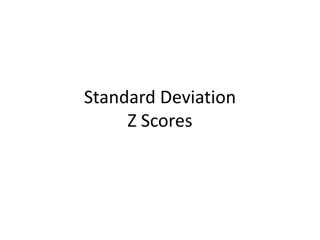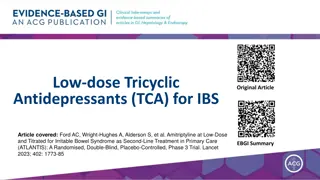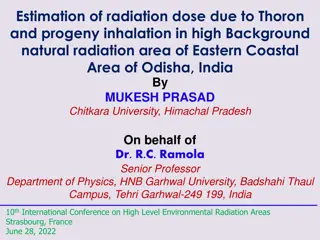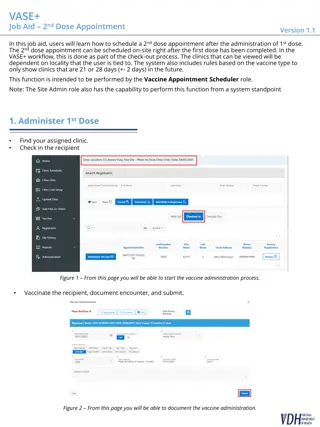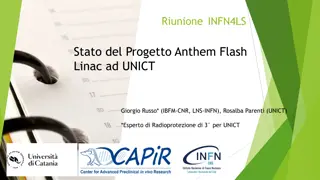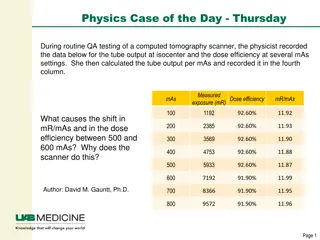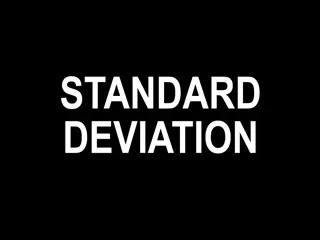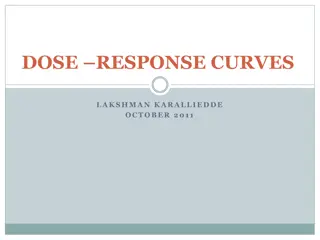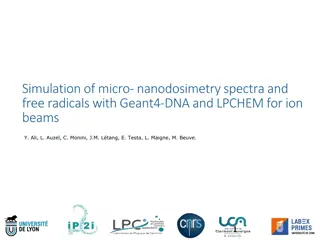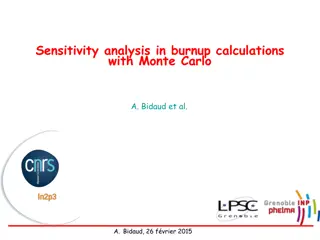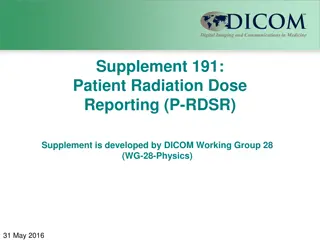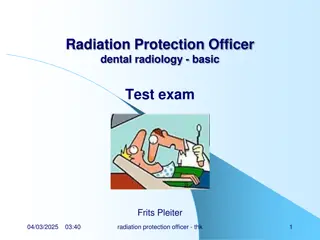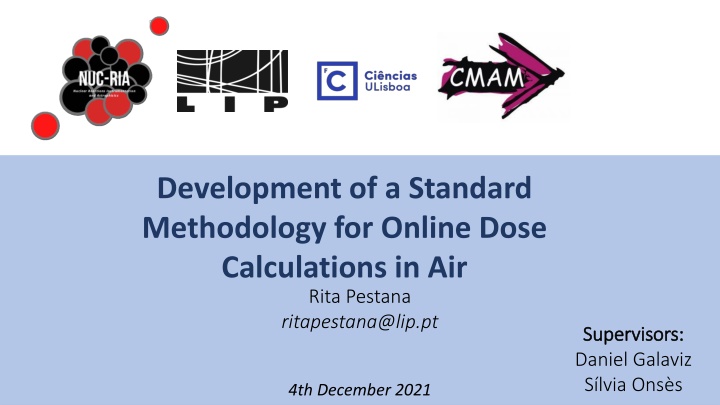
Development of Standard Methodology for Online Dose Calculations
This project focuses on developing a methodology to measure beam intensity in air without interrupting irradiation, as well as studying the effects of radiation on protein structures, with a goal of potential benefits in neurodegenerative disorders. The work includes simulations, design, implementation, and testing, aiming to understand the biochemical and biophysical mechanisms underlying optimal conditions for disrupting amyloid deposition.
Download Presentation

Please find below an Image/Link to download the presentation.
The content on the website is provided AS IS for your information and personal use only. It may not be sold, licensed, or shared on other websites without obtaining consent from the author. If you encounter any issues during the download, it is possible that the publisher has removed the file from their server.
You are allowed to download the files provided on this website for personal or commercial use, subject to the condition that they are used lawfully. All files are the property of their respective owners.
The content on the website is provided AS IS for your information and personal use only. It may not be sold, licensed, or shared on other websites without obtaining consent from the author.
E N D
Presentation Transcript
Development of a Standard Methodology for Online Dose Calculations in Air Rita Pestana ritapestana@lip.pt Supervisors Supervisors: : Daniel Galaviz S lvia Ons s 4th December 2021
Motivation In collaboration with the CMAM, in Madrid Ion accelerator with a terminal voltage of 5 MV An external beamline used for irradiating cells with protons At the moment, the current is only measured in vacuum, using an internal Faraday cup To perform the measurement in air the beam is stopped This project aims to develop a methodology to measure the beam intensity in air without compromising the irradiation 2
Work line 1. Simulations 2. Design 3. Implementation Stay in Madrid March June 2022 4. Tests 3
Modelling protein amyloid structures and observing the effects of radiation using the Geant4-DNA toolkit Lia Pereira liapereira@lip.pt Supervisor: Supervisor: Daniel Galaviz Federico Herrera 4th December 2021
Motivation In Alzheimer s Disease there is the accumulation of proteins that are toxic to cells. We want to verify if irradiation can destroy these accumulations. 5
Methods Monte Carlo Simulations Model cells and cell cultures Model proteins from the Protein Data Bank 6
The effects of proton therapy on protein self-organization: potential benefits for neurodegenerative disorders Carina Coelho cmcoelho@lip.pt Supervisors Supervisors: : Daniel Galaviz Federico Herrera S lvia Ons s 4th December 2021
Objectives Implementing MC algorithms to study the effects of different types of radiation on the structure and conformation of toxic amyloids Developing a protocol for irradiation of toxic amyloids and live cells Experimental validation of the effects of different modalities of radiation Characterization of the biochemical and biophysical mechanisms underlying the optimal PT conditions for disruption of amyloids deposition 8


